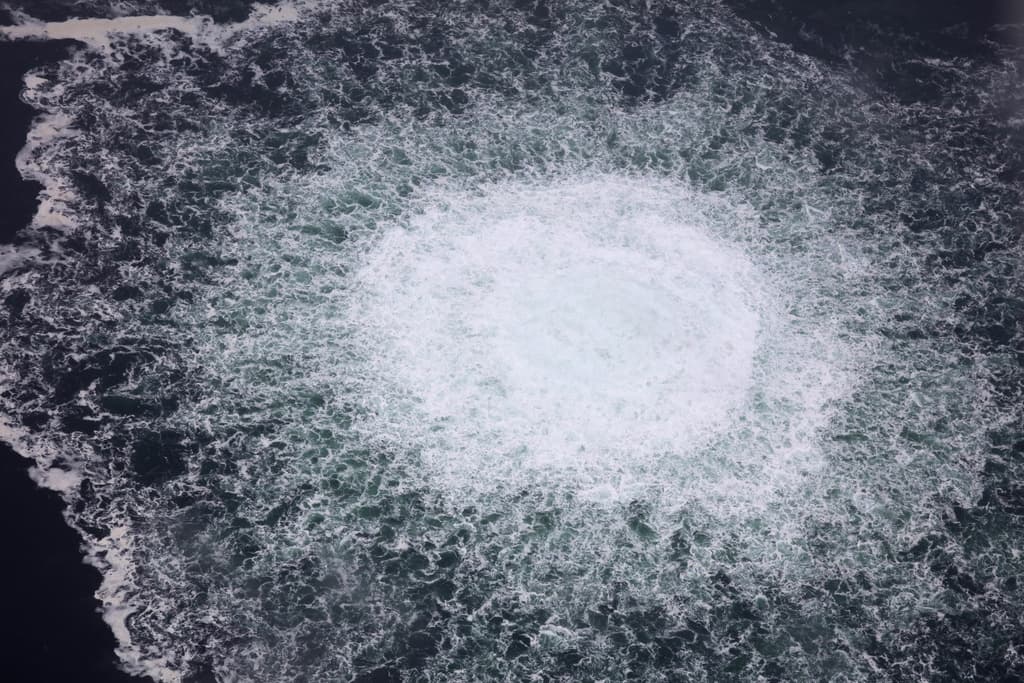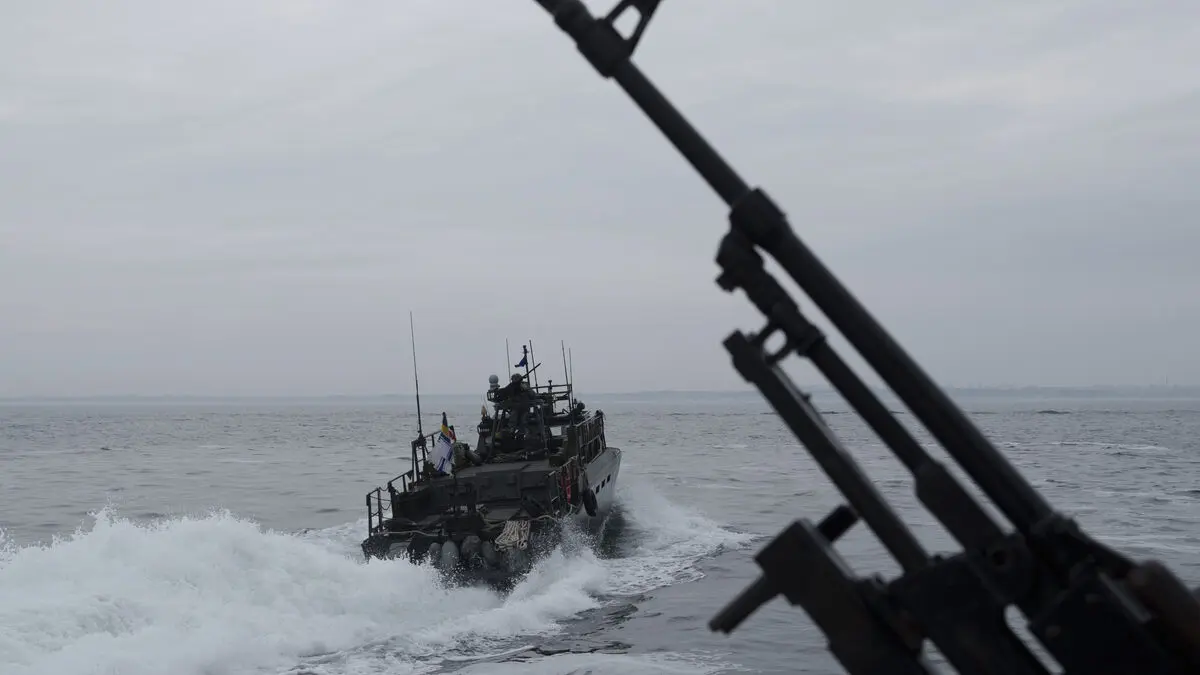The leaks created large bubbles on the water surface and led to elevated methane levels in the atmosphere.
However, a larger amount of gas from the Nord Stream leaks in 2022 remained in the water, according to a new study.
In late September 2022, four leaks were discovered on the Nord Stream 1 and 2 gas pipelines, which run along the Baltic Sea floor from Russia to Germany.
The leaks, believed to be the result of sabotage, led to large methane emissions east of Bornholm and were visible as extensive bubbling areas on the water surface.
According to measurements by researchers from the University of Gothenburg, a relatively large amount of gas dissolved in the water.
In the two leaks in the Swedish economic zone, it is estimated to be between 10,000 and 50,000 tonnes, according to the researchers.
That corresponds to approximately 5 to 15 per cent of the total amount that leaked on the Swedish side, says Katarina Abrahamsson, professor of marine chemistry.
The gas spread over a large area in the water and was largely taken care of by bacteria. Whether, and if so, how the elevated methane levels affected plant and animal life in the southern Baltic Sea is not yet clear.
In a large leak in Mexico, an increased number of bacteria that use methane as an energy source was reported. There are such indications here as well, but the results are not yet clear, says Katarina Abrahamsson.





